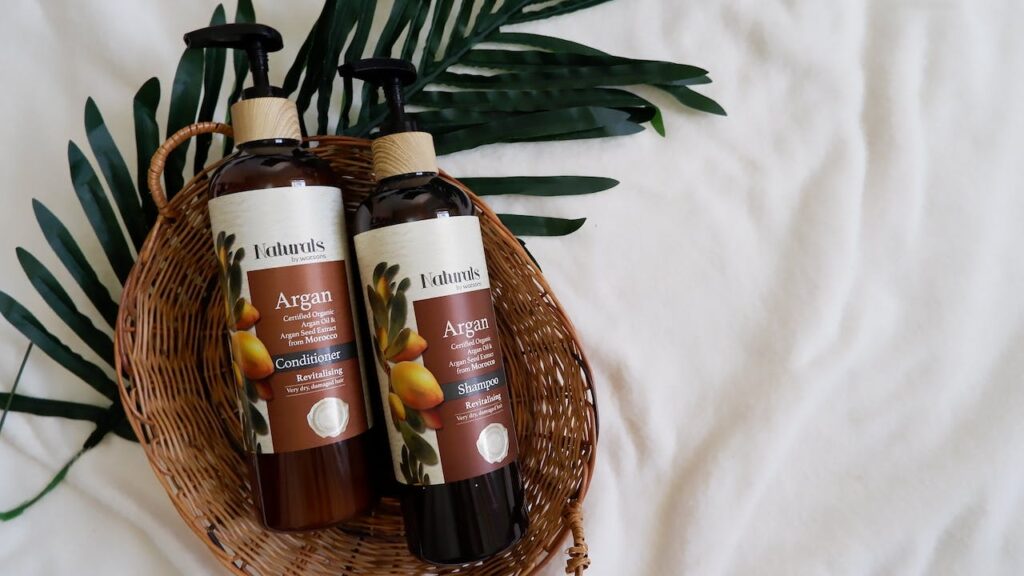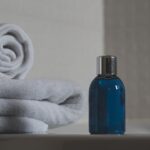This guide delves into the intricacies of these products and how to incorporate them into your daily regimen effectively.
Understanding Hair Loss
Before diving into product specifics, it’s crucial to understand what causes hair loss. Androgenetic alopecia, also known as pattern baldness, is the most common form, often influenced by genetics. Conditions like alopecia areata, where the immune system attacks hair follicles, can also cause hair loss. Additionally, lifestyle factors such as stress, poor diet, and harsh hair care practices contribute significantly.
The Role of Shampoo in Managing Hair Loss
A shampoo designed for hair loss typically serves multiple purposes: cleansing the scalp, removing buildup that can clog follicles, and delivering targeted nutrients to the hair roots. The best shampoos for this issue tend to contain DHT blockers, such as saw palmetto, which may help prevent the hormone dihydrotestosterone (DHT) from shrinking hair follicles.
Key Ingredients in Anti-Hair Loss Shampoos
- Ketoconazole: Once used primarily as an antifungal, it’s shown promise in reducing hair loss due to its anti-inflammatory properties.
- Biotin: Also known as vitamin B7, biotin can strengthen hair strands, potentially reducing breakage.
- Caffeine: Believed to stimulate hair growth by increasing blood circulation to the scalp.
- Niacin: This vitamin helps nourish the scalp and can improve the appearance of fullness.
- Peppermint oil: Known for increasing circulation, leading to an improved hair growth environment.
Conditioners: The Unsung Heroes in Hair Loss Prevention
While shampoos are pivotal in cleansing and preparing the scalp, conditioners play a vital role in maintaining hair health. A good conditioner for hair loss will not only moisturize and detangle but also infuse the hair with growth-promoting ingredients and fortify the hair against environmental stressors.
Ingredients to Look for in Conditioners
- Saw palmetto: Also effective in conditioners, helping to keep DHT at bay.
- Amino acids: The building blocks of proteins, they can help repair and strengthen hair.
- Essential oils: Like rosemary and lavender, they can potentially support hair growth.
- Keratin: Helps repair damage and can reduce breakage, making hair appear fuller.
- Vitamins E and A: Antioxidants that protect the hair from free radical damage.
Establishing an Effective Routine
For those facing hair loss, a consistent routine is key. Here’s a step-by-step guide:
- Daily Cleansing (or as needed): Depending on your hair type, daily washing may not be necessary; however, a regular schedule is essential. Use lukewarm water to avoid shock to hair follicles.
- Gentle Application: Massage the shampoo into your scalp with gentle, circular motions to avoid damaging fragile hair and to stimulate blood flow.
- Conditioning: After rinsing out the shampoo, apply conditioner mainly to the lengths of the hair to avoid weighing down the roots.
- Cold Water Rinse: Finish with a cold water rinse to close the hair cuticles, locking in moisture and making hair shinier.
- Drying: Pat hair dry gently with a soft towel. Avoid rubbing, as this can cause friction and breakage.
- Combing: Use a wide-tooth comb to detangle, minimizing damage to weakened hair.
Lifestyle and Diet
In addition to topical treatments, lifestyle changes can enhance the health of your hair:
- Balanced Diet: Ensure you’re getting a good mix of protein, iron, vitamins A, C, D, E, and omega-3 fatty acids.
- Hydration: Keep your body and hair hydrated by drinking plenty of water.
- Stress Reduction: Engage in stress-reducing activities like exercise, meditation, or yoga.
- Scalp Massage: Regularly massage your scalp to increase blood flow.
When to See a Professional
If you’re experiencing significant hair loss, it’s wise to consult a dermatologist or trichologist. They can offer a diagnosis and potentially prescribe treatments like minoxidil or finasteride for more severe cases.
While hair loss can be a challenging condition to face, the development of specialized shampoos and conditioners offers a beacon of hope. By understanding the key ingredients in these products and establishing a consistent hair care routine, individuals can take proactive steps toward maintaining the health of their hair. Remember, while hair care products can significantly impact you, they work best alongside a healthy lifestyle and professional advice for severe cases.
Incorporating the right shampoo and conditioner into your routine is not a magic cure, but it is a significant component of a holistic approach to combating hair loss. By being informed and consistent, you can ensure that your hair and scalp receive the best care possible, potentially reducing hair loss and promoting a healthier, fuller head of hair.







